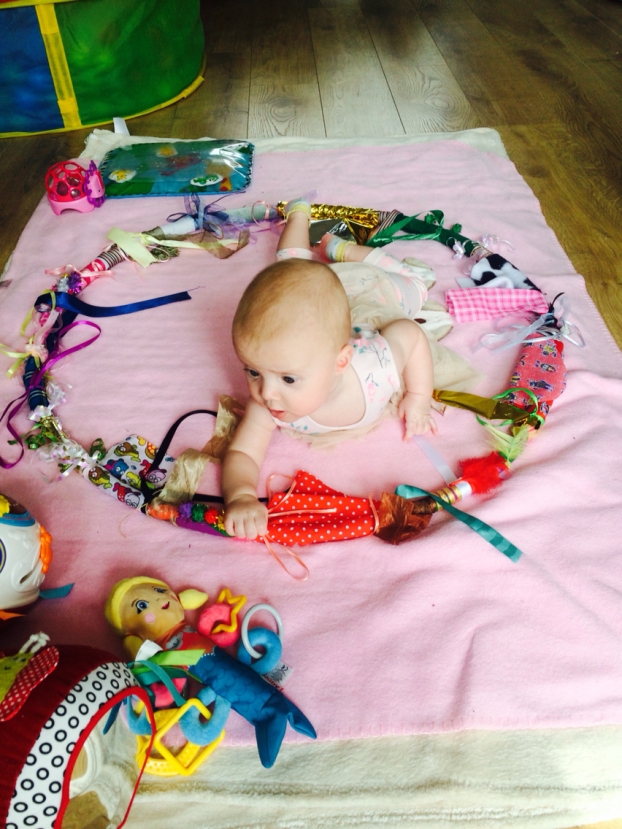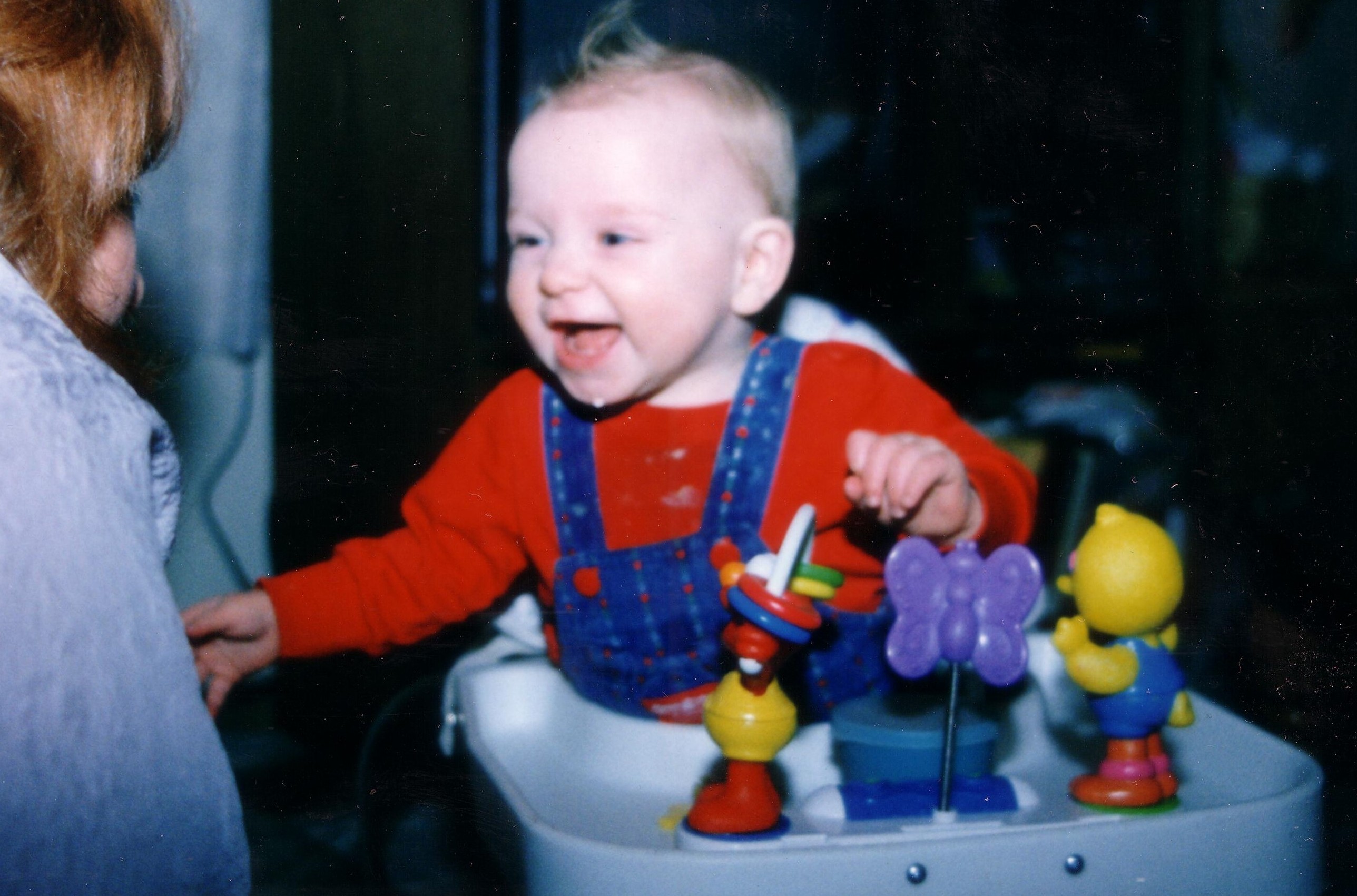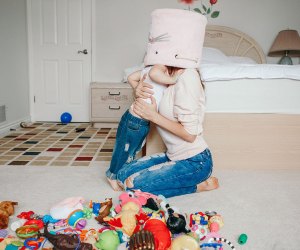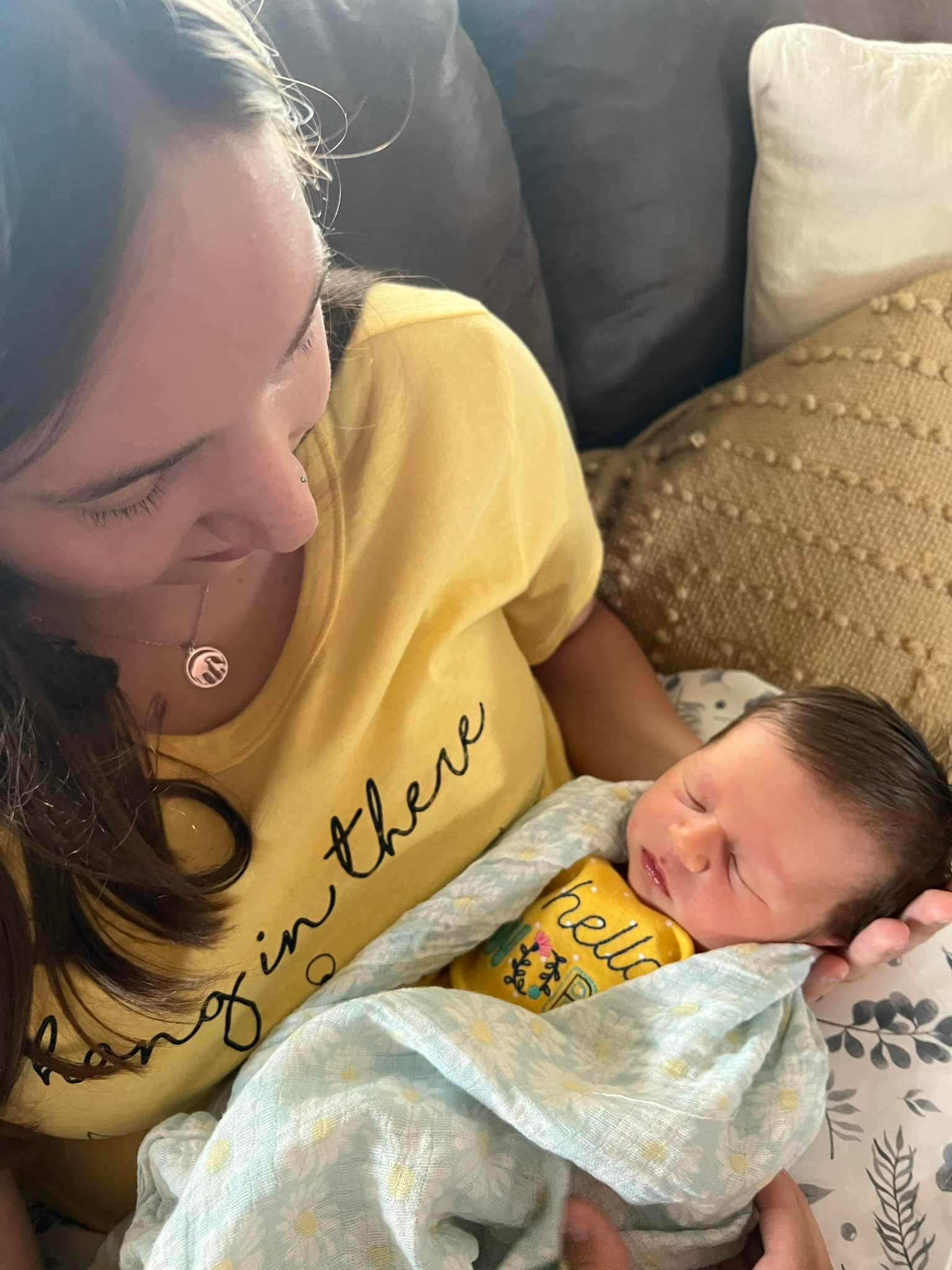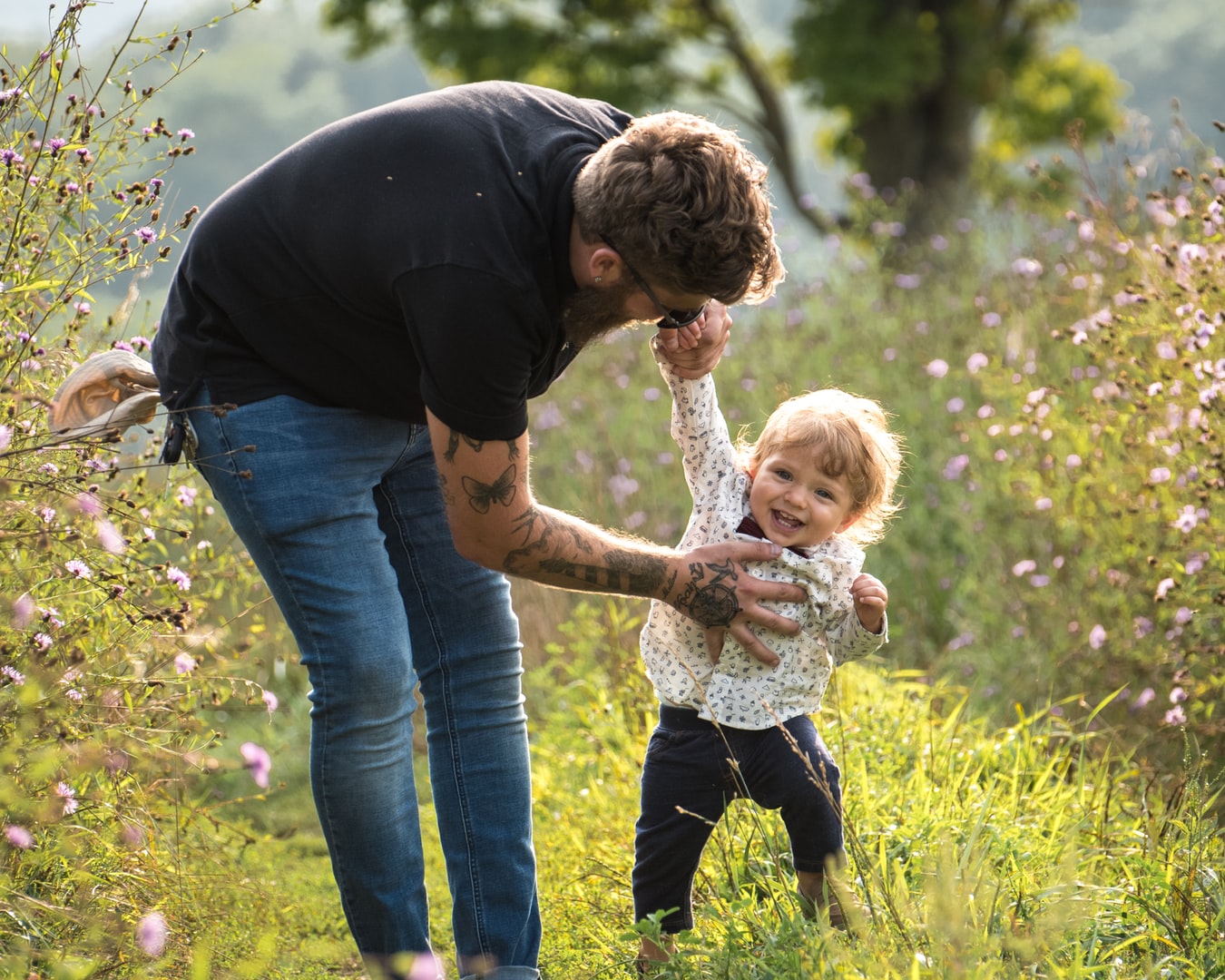
Connecting With Your Child Through Play: The Surprising Benefits of Parent-Child Playtime
Exchange Family Center April 10, 2018
We’ve all been there. You come home at the end of a long day feeling exhausted. All you want to do is collapse on the couch and relax. And then, just as you sit down and take off your shoes, you hear: “Mommy! Daddy! Will you come play with me? Pretty please?!”
In that moment, playing with your child seems like a chore. But think of all the long term benefits—mentally, physically, and socially—for your child when she plays and especially, when she plays with you. We’re betting once you read further, you’ll think twice about saying “no” the next time she asks.
Parent child play helps build strong relationships!!
Don't miss out.
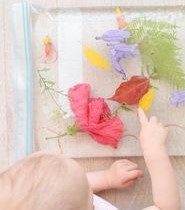
All children benefit from unstructured playtime with other children, including their siblings, and even playing by themselves. But there are special benefits that come from playing with a parent or other loving adults.
1. Play helps children develop all kinds of skills.
Playing with your child is one way to help him or her develop social skills and self-control. Children’s minds are like little sponges. They soak up everything around them. As they interact with parents and others, they learn how people behave in social settings. They also learn what’s acceptable by taking their cues from you.
In addition, research has linked parent-child pretend and physical play to the development of specific skills including:
Moreover, while kids develop many of the above skills playing with their siblings, parents offer a child more mature and varied forms of play. Because adults know more about the world, playing with the adults in their lives widens children’s imaginations in ways that playing with other children, even older siblings, does not.
For example, child development studies show infants and preschoolers often use behaviors that require a partner when playing with parents, but are less likely to do so when playing with a sibling. This makes sense. Your child craves interaction with you. Playing with other children is fun, but nothing compares to the joy and satisfaction of getting one’s parent to enter your special world of make-believe. It’s the stuff of memories!
2. Play helps build strong relationships.
Playing together is one of the most effective tools for building strong relationships with your child too. Play adds joy, vitality, and resilience to relationships. It can heal resentments, disagreements, and hurt. Through play, children learn to trust others and feel safe.
By making a conscious effort to incorporate humor and play into your daily interactions with your children, you can improve the quality of your relationships and connect on a deeper level. Play and laughter perform an essential role in building strong, healthy parent-child relationships by bringing you closer together, creating a positive bond, and resolving conflict.
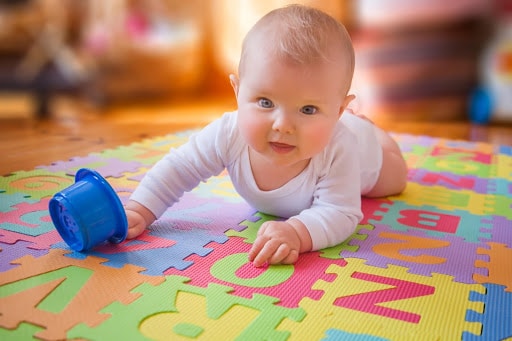
3. Play is good for mom and dad’s health too.
It’s important to play with your child for your child’s sake. But, as an added bonus, you receive benefits from playing with your child too. The hormone oxytocin, which plays a role in parent-infant bonding, is released whenever mothers and fathers engage in affectionate play with their children of any age.
So, the next time you feel too exhausted to play with your child, you might try reframing the situation. Think of it as a relaxing massage for your mind that you don’t have to pay for!
If you’re not sure how to play with your child, don’t worry! Lots of parents feel a bit awkward or silly, at first, playing pretend or engaging in childlike physical behavior. All you really need to do to be a good playmate for your child, though, is actively observe, listen to her stories, support her chosen mode of play, and engage in conversation.
Be sure to provide mutual interaction without continually intervening or controlling the conversation. Allow your child to explore his environment and sensations. Let him draw you in. Then be engaged and collaborate, which will teach your child to do the same in his future interactions.
Looking for some new ideas for playing with your child? take a look at these tips from the Women and Children’s Health Network:
Sorting toys: learning about numbers, shapes, and grouping objects.
Puzzles: learning about shapes, sizes, numbers.
Pretend play and dress up: social and emotional development.
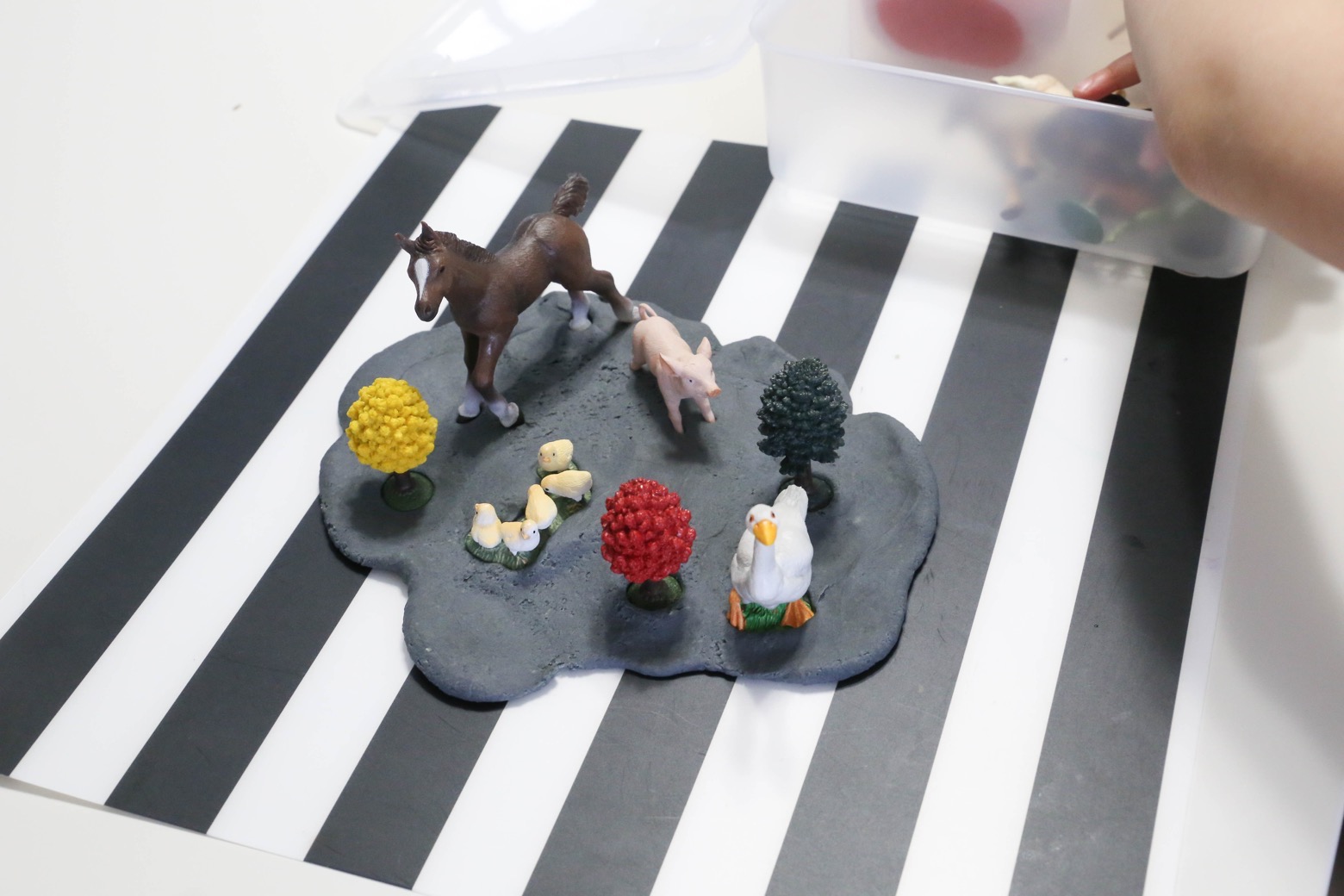
Storytelling: learning about and developing language skills. I loved to add props from a homemade story basket. I am dyslexic and it helped to have props and build a scene while ad-libbing. Russ did night time stories. He used rhythms' in his voice when reading to our kids.
Throwing and catching: motor skills, physical development.

